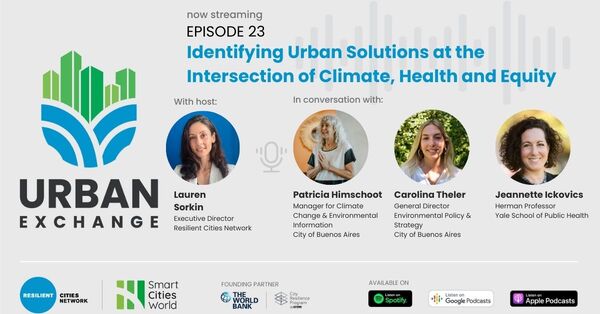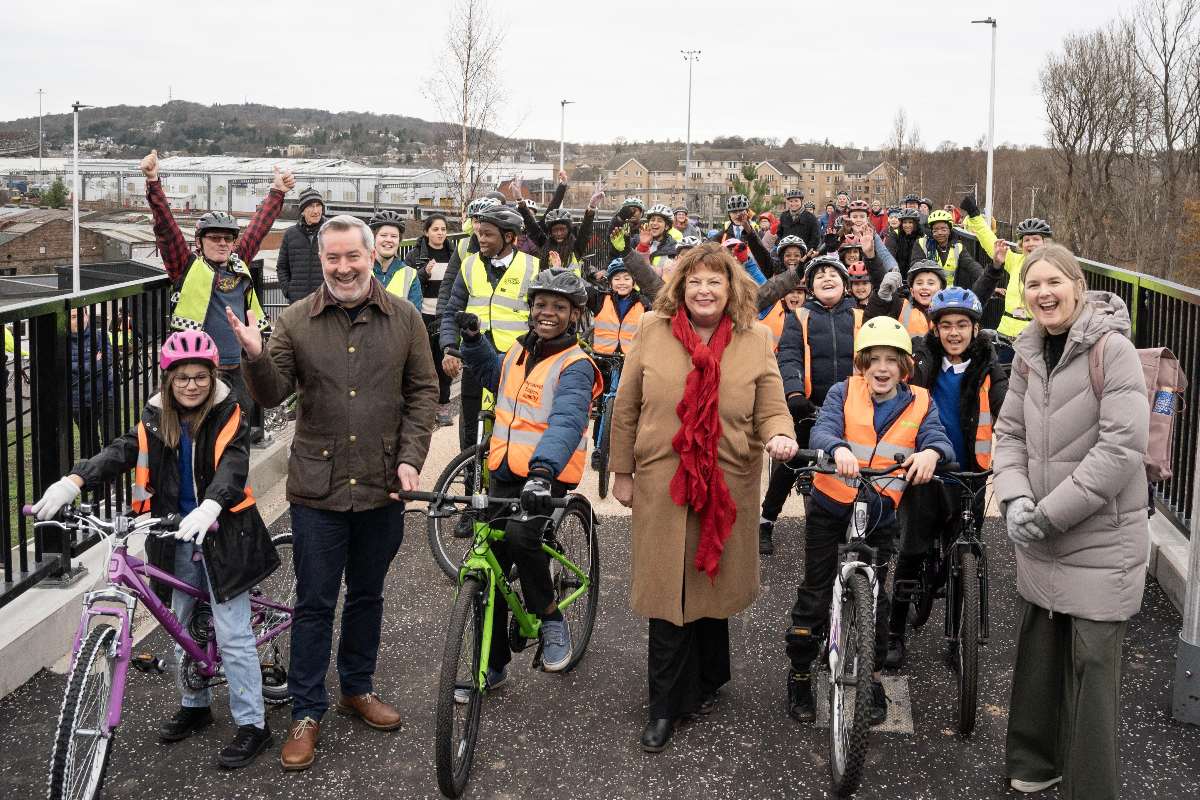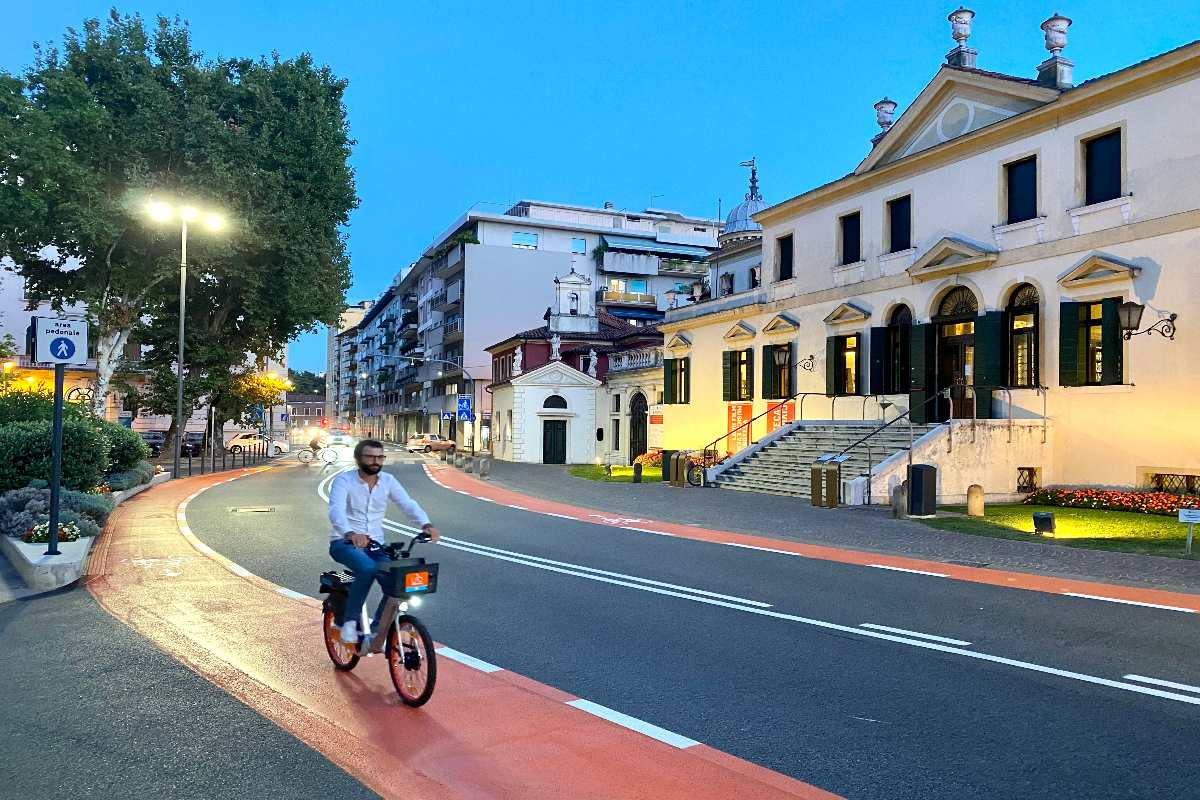Special Reports
SusHi Tech Tokyo 2024: experience ‘Tokyo 2050’ todaySponsored by The SusHi Tech Tokyo 2024 Showcase Program Executive Committee
Can 5G make our cities safer?
Telefónica and Seat will use the streets of L’Hospitalet de Llobregat in Barcelona next week during MWC to demonstrate 5G connected car use cases.

Telefónica and Seat have joined forces as part of a consortium to demonstrate connected car and 5G assisted driving during Mobile World Congress (MWC 2019) in Barcelona next week.
The companies have entered a collaboration agreement with Mobile World Capital Barcelona, Ficosa, Etra, i2Cat, CTTC and UPC, Ericsson and Qualcomm Technologies for the project whose main objective is increasing road safety.
It is also framed within the ‘5G Barcelona’ initiative, aimed at consolidating the city as the reference 5G hub in Europe.
Assisted driving use cases
All three assisted driving use cases will take place on the streets of L’Hospitalet de Llobregat in the surrounding area of the Fira venue, where MWC 2019 takes place.
Seat contributed with two vehicles, Ateca and Arona models, equipped with the latest technology in connectivity and instrument panels that issue warnings to the driver.
Telefónica provides the end-to-end connectivity and is opening-up its network so third parties can deploy applications at the edge of the network, such as traffic management for this use case.
Ficosa has developed and produced the in-car C-V2X communications platform that allows the transmission of information from the car to any entity that might impact the vehicle, and vice versa; i2CAT is in charge of the development of the ultra-precise location solution for bicycles.
Etra is supplier of the road infrastructure that provided connectivity with the traffic light system, and Mobile World Capital Barcelona, representing 5G Barcelona, the global supervisor of the project, is also offering management support.
"The trial will make all urban elements such as cars, road infrastructure and bicycles, become new sensors in the city"
Ericsson has provided 5G technology and Qualcomm Technologies the 5G connectivity platform both for the network communication and for the direct communication.
The driving use cases aim to achieve:
• Detection of a pedestrian at a zebra crossing: the traffic lights will detect the presence of pedestrians at zebra crossings through a thermal camera and, via edge computing, will notify the cars, which will display a notice on the control panel, if necessary
• Detection of cyclists when turning right: a connected bicycle equipped with a precise geolocation solution via edge computing communicates with cars the around it and report their location. In the event of a possible collision, cars will display a warning in the control panel. Bicycles can be located thanks to the ultra-wideband beacons placed along the road
• Detection of a non-moving car on the road with low visibility: the non-moving car in an area of the road with low visibility activates emergency lights and automatically notifies other approaching vehicles with a message in the control panel. This communication is done through a direct communication interface.
According to Telefónica, the trial will make all urban elements (cars, road infrastructure, bicycles become “new sensors” in the city.
In addition, implementing Ficosa’s C-V2X technology in cars provides the driver with a “sixth sense” allowing them to make decisions in advance and giving them room to manoeuvre, all aimed at making our cities safer and more efficient.
You might also like:
- Chinese city unveils autonomous urban road project
- How Continental is helping to create smarter, safer cities
- Seat embarks on micro-mobility strategy

















